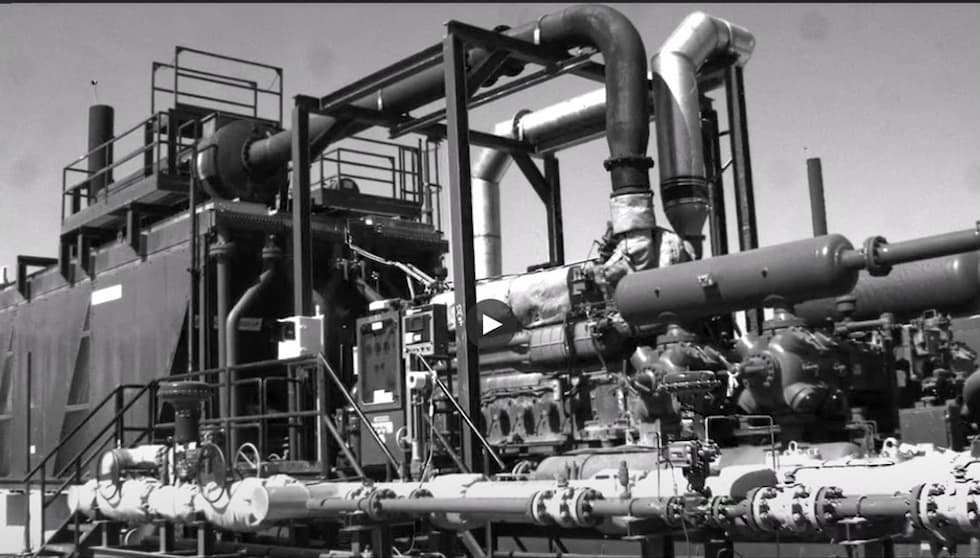
The use of skid-based designs, compounded with reciprocating driven components and complex piping structures, leaves many with a time-consuming and complicated issue. How do users efficiently and effectively monitor and ensure the safe, reliable operations of every component? Are the rotating components the most critical? Or is the structure and piping just as important? What about instrumentation?
Each of these questions is answered differently when using standard monitoring equipment. Each test and measurement device used has the capability to diagnose, trend and identify potential problems. The use of these systems often requires years of training, collection and interpretation, and it is left to the user performing the testing to take action on potential failures or faults.
How, then, do users communicate effectively with management, production, maintenance and everyone responsible? Do they receive complex data sets, graphs, spectrums and waveforms? When looking at the data provided, do they truly understand all of it?
Motion amplification is a way to see what is going on with rotating, reciprocating, piping and structural components. Motion amplification uses high-definition video to capture a 5-to-10-second video that is then processed through software to enhance the movement measured so users can see movement they would not be able to see with the naked eye. With the use of visual technology, each pixel of the video becomes a sensor providing millions of data points. Plus, it does not get much safer than zero contact with the asset. The output is a video where users can see what is moving, at what frequencies, at what phase angle, and how much it is moving at a specific location.
Motion amplification can minimize the amount of manpower and testing required to understand what is going on with individual or complex assets. The outputs of motion amplification are then turned into videos. This often gives the ability to see the true root cause of the problem. More importantly, with the use of motion amplification and the video output, communications are improved by allowing everyone to see what is going on without having to read through paragraphs of summarization.
In top image, how many tests would users need to perform to understand the overall reliability and operations of the total asset? More importantly, how much manpower and time would users need to perform these tests? In less than 10 seconds, motion amplification can provide users with what would have taken months of testing.
With this, users are able to see the rotational components and their movement, as well as the main structure and inlet and discharge piping movement. Reviewing the video allows users to see the instrumentation panel and cluster movement along with a display of the overall movement. With each pixel having a measurement and phase ability, users can gather information to aid in troubleshooting and diagnosing potential movements.
The software capabilities provide spectral and waveform data of the movement in both the X and Y coordinates as they pertain to the field of view by using the computer cursor as a virtual sensor and allowing the user to place a “box” over the area of movement of interest. These areas can then be used to quantify how much and what frequency of movement is present.
One feature is the ability to filter to different frequencies without having to acquire another video. This provides the ability to visualize specific frequencies where the video will only show the movement of each pixel at that specific filtered frequency or range. The user can process the video into several videos with different filters to see what is going on with the entire asset at different frequencies.
This method allows for the safest collection as there is no contact needed to measure the asset. It allows for quick, easy acquisition and minimal time to process the videos. The system is portable and easy to move and reposition, allowing the user to record multiple angles.
The output of a video with the ability to provide quantified data of frequencies and movements allows for the diagnosis or determination of critical actions or items that may be concerning and need to be addressed to fix or improve the overall
asset reliability.

